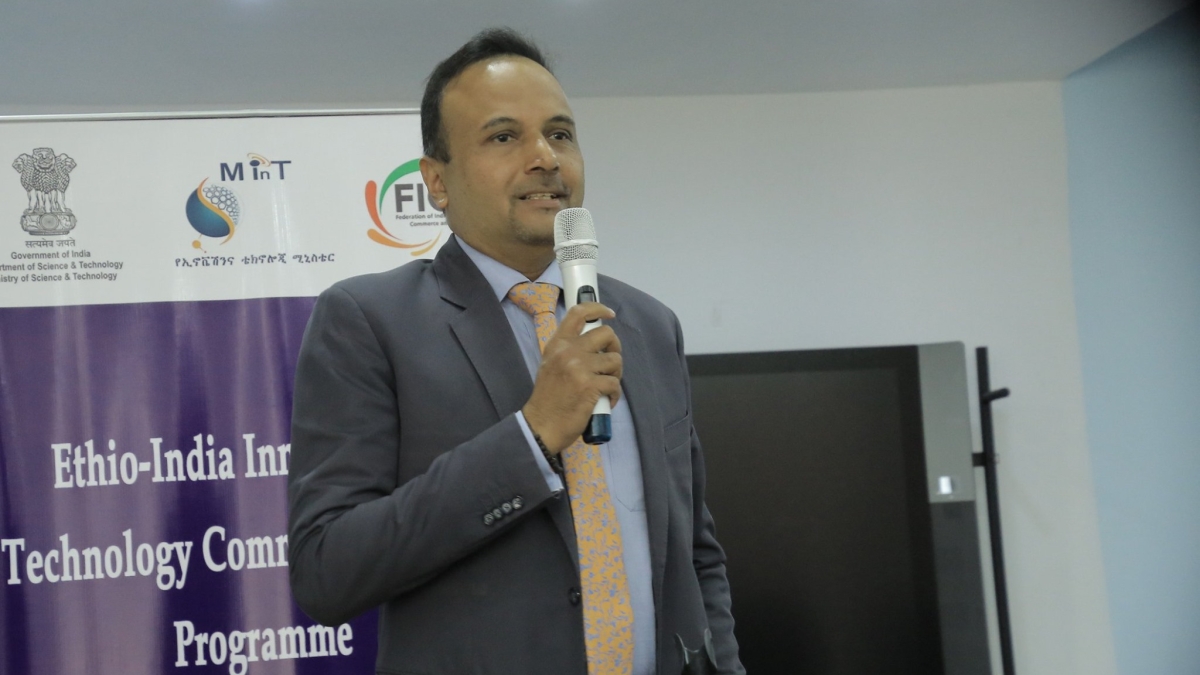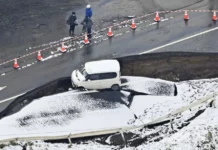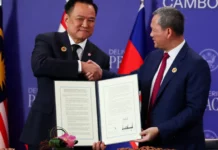NEW DELHI/BEIJING: In a diplomatic offensive against Beijing, India on Thursday rejected China’s claim over South China Sea, as the talks over the Line of Actual Control in Ladakh remained inconclusive.
Reiterating its position, the government said that South China Sea is a part of global commons and India has an abiding interest in peace and stability in the region.
“We firmly stand for the freedom of navigation and overflight and unimpeded lawful commerce in these international waterways, in accordance with international law, notably UNCLOS,” said the spokesperson of the Ministry of External Affairs, Anurag Srivastava.
Though the government has articulated its position on South China Sea on several occasions, as recently as in May this year, the spokesperson repeated the stand by saying that India’s position on the issue has been clear and consistent.
“India also believes that any differences be resolved peacefully by respecting the legal and diplomatic processes and without resorting to threat or use of force,” the statement said. The offensive came at a time when India and China have been engaged in discussions through established diplomatic and military channels to address the situation along the LAC in India-China border areas.
The special representatives of India and China on the boundary question, National Security Advisor Ajit Doval of India and Wang Yi, State Councillor and Minister of Foreign Affairs of China, had a telephone conversation on July 5.
A meeting of the Working Mechanism for Consultation and Coordination on India-China Border Affairs (WMCC) was held on July 10. In the two meetings, the two sides agreed on complete disengagement of troops along the LAC and de-escalation from the India-China border areas for full restoration of peace and tranquility in the border areas in accordance with the bilateral agreements and protocols.
The Indian and Chinese senior Commanders held their fourth meeting at Chushul on July 14. “The Commanders reviewed the progress of implementation of the ongoing disengagement process and also discussed further steps to ensure complete disengagement at the earliest,” the Ministry of External Affairs said.
The two sides, the government said, remain committed to the objective of complete disengagement and full restoration of peace and tranquility in the India-China border areas. “The two sides will continue their diplomatic and military engagements to achieve these outcomes,” the ministry said.
However, the government spokesperson said that “the process of disengagement along the LAC is complex.” The disengagement process currently underway in the Western sector, he said, is specifically aimed at addressing faceoff situations and close-up deployments of troops along the LAC.
“It is based on an understanding between senior military Commanders. Both sides have agreed at specific points to re-deploy towards their regular posts on their respective sides of the LAC. These are mutually agreed reciprocal actions to be taken by both sides,” he said.
It is an ongoing process, Srivastava said, adding that the mutual re-deployment should not be misrepresented.
“There is absolutely no change with respect to India’s position on the LAC. We are fully committed to observing and respecting the LAC. Any unilateral attempts to change the status quo along the LAC are not acceptable,” he reiterated.







